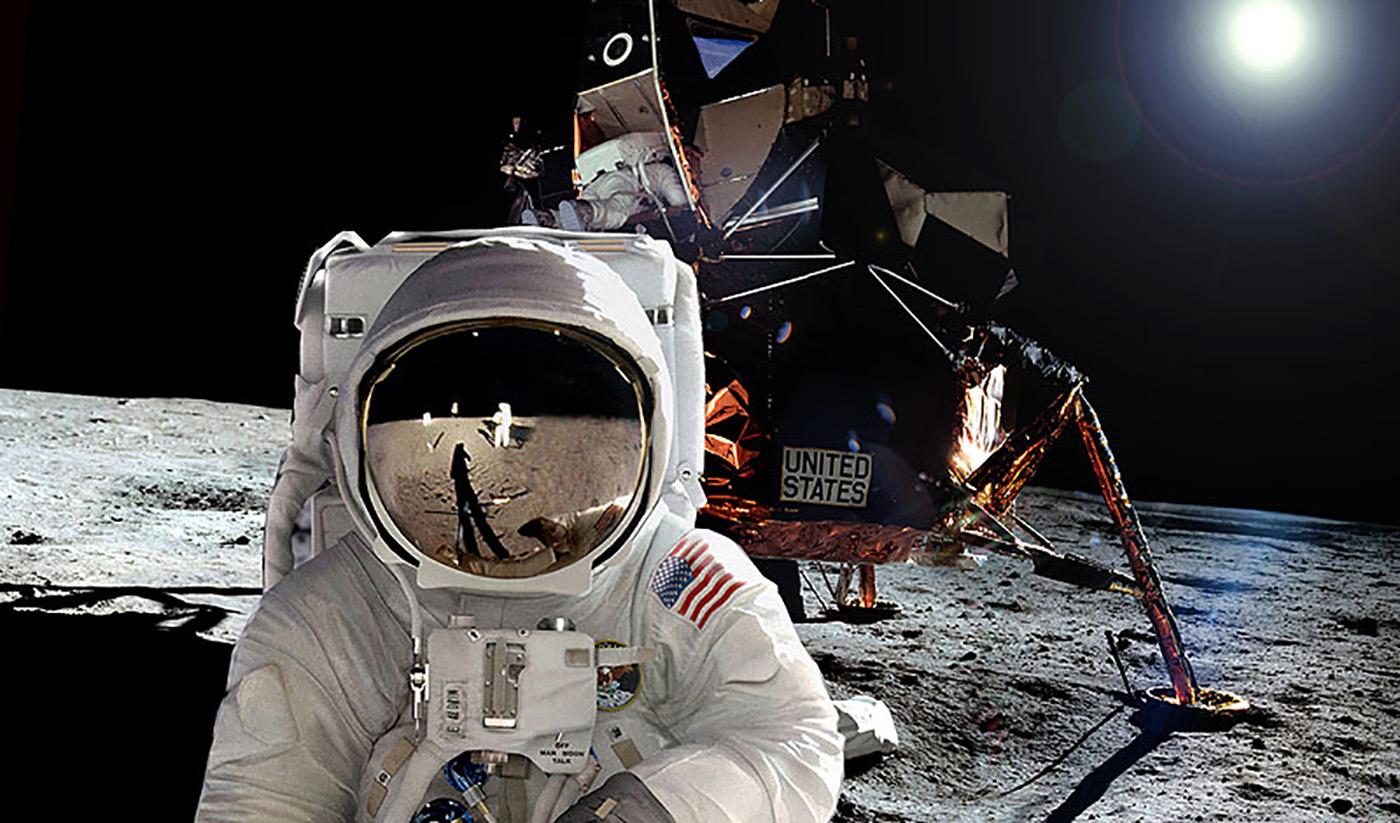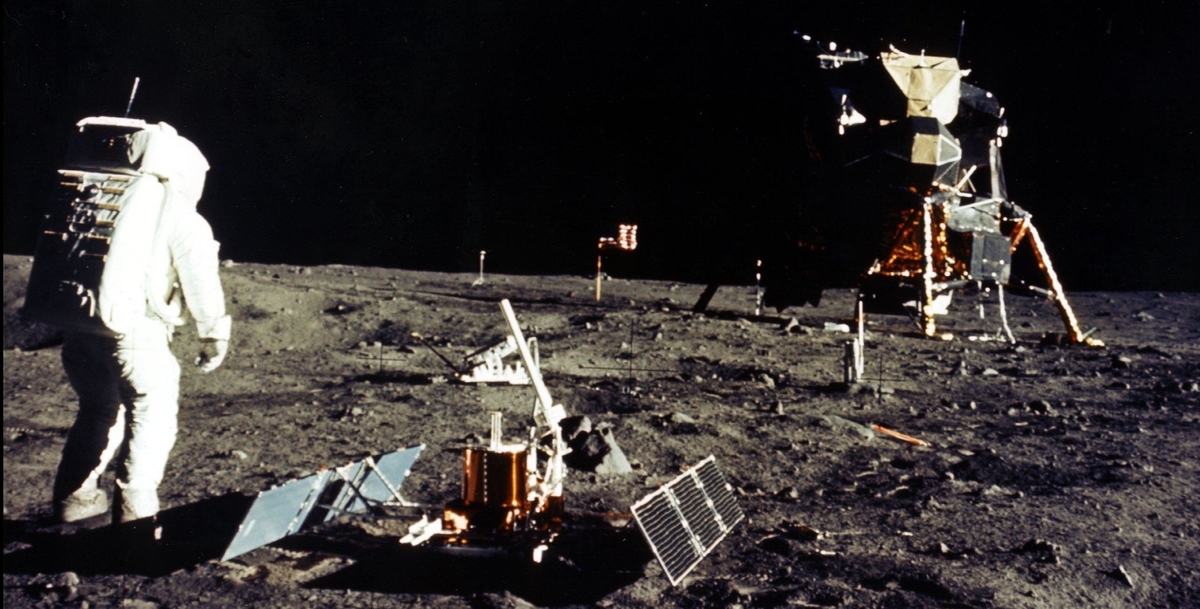Is The Moon Landing Fake
“Is the moon landing fake?” The Apollo 11 mission, which successfully landed astronauts Neil Armstrong and Buzz Aldrin on the lunar surface on July 20, 1969, remains one of the most iconic moments in human history. However, since that historic day, numerous conspiracy theories have emerged claiming that the moon landing was a hoax staged by NASA and the U.S. government. In this article, we will debunk these conspiracy theories and provide concrete evidence that supports the authenticity of the moon landing.
The Space Race and Motivation
One of the key arguments made by moon landing conspiracy theorists is that the United States had a strong motive to fake the moon landing to win the Space Race against the Soviet Union. While the Space Race was indeed a significant competition between the two superpowers during the Cold War, it’s important to note that the Soviet Union closely monitored NASA’s activities. If the moon landing had been staged, the Soviets would have been the first to expose it.

Furthermore, the moon landing was not just a U.S. achievement but a global one. The event was broadcast worldwide, and it would have been impossible to keep such a massive conspiracy a secret, involving thousands of people.
Scientific and Technological Feasibility
The technology required to fake the moon landing in 1969 was far less advanced than what was necessary to actually go to the moon. The claims that NASA couldn’t have landed on the moon due to technological limitations simply don’t hold up when you consider the vast scientific expertise and resources that were dedicated to the Apollo program.
The Apollo program was the culmination of years of research and development by some of the world’s leading scientists and engineers. The technology used in the program was thoroughly tested and vetted. Moreover, the physical evidence left on the moon by the Apollo missions, such as the lunar module, footprints, and experiments, has been observed and confirmed by subsequent lunar missions.
Photographic and Video Evidence
One of the most common arguments put forth by moon landing deniers is the alleged anomalies in the photographs and videos taken on the moon. They claim that the shadows are inconsistent, the American flag appears to be waving, and the absence of stars in the sky is suspicious. However, these claims can be debunked with a basic understanding of photography and lunar conditions.

The absence of stars in the photographs can be explained by the lunar surface’s brightness, which caused the cameras to use short exposure times, rendering faint stars invisible. The flag appears to wave because it is attached to a horizontal rod, causing it to ripple briefly when it is being planted. The unusual shadows are a result of the moon’s uneven terrain and the angle of the sun.
Independent Verification
The moon landing was not solely reliant on NASA’s claims. Independent verification was provided by astronomers, radio operators, and amateur radio enthusiasts around the world who tracked the Apollo missions from Earth. These individuals were able to intercept and monitor the communications between the astronauts and mission control, further corroborating the authenticity of the missions.

Additionally, lunar laser ranging experiments have allowed scientists to bounce lasers off retroreflectors placed on the moon during the Apollo missions. This ongoing experiment provides precise measurements of the moon’s distance from Earth and serves as irrefutable evidence of human presence on the lunar surface.
Why do people believe the moon landing
People believe that the moon landing happened for several compelling reasons, rooted in historical evidence, science, and logical reasoning. Here are some of the key factors that contribute to the widespread belief in the authenticity of the moon landing:

- Historical Documentation: The moon landing was a highly publicized event that took place on July 20, 1969, and was broadcast worldwide. Millions of people watched it live on television. The extensive historical documentation of the event, including photographs, videos, mission transcripts, and testimonies, provides strong evidence of its occurrence.
- Testimonies of Astronauts: The astronauts who participated in the moon landing missions, such as Neil Armstrong, Buzz Aldrin, and Michael Collins, provided firsthand accounts of their experiences. Their credibility and integrity as professionals and explorers add significant weight to the authenticity of the moon landing.
- Independent Verification: The moon landing was not solely reliant on the United States’ claims. Independent tracking stations and amateur radio operators worldwide monitored the Apollo missions. They received and transmitted signals to and from the spacecraft, which would have been impossible if the missions were fake.
- Physical Evidence on the Moon: The Apollo missions left physical evidence on the lunar surface, including the lunar module, footprints, scientific experiments, and equipment. Some of this equipment is still visible and has been observed by subsequent lunar missions.
- Rock Samples: The astronauts brought back rock samples from the moon, which have been studied by scientists around the world. The composition of these lunar rocks is distinct from Earth rocks and aligns with what would be expected from a celestial body like the moon.
- Technological Advancements: The technology and scientific knowledge required to stage a moon landing in 1969 were far less advanced than the technology used to actually land on the moon. The scientific community, including astronomers, physicists, and engineers, was heavily involved in the planning and execution of the Apollo missions.
- Absence of Contradictory Evidence: Despite decades of scrutiny and examination by scientists, engineers, and independent researchers worldwide, no credible evidence has emerged to definitively prove that the moon landing was faked. Claims made by moon landing deniers have been debunked through rigorous analysis.
- Global Collaboration: The moon landing was a global achievement. Countries around the world, including the Soviet Union, were closely monitoring NASA’s activities. If there had been any suspicion of a hoax, these countries would have had a vested interest in exposing it.
- Motivation for Hoax Debunking: Moon landing conspiracy theories are often based on misconceptions, misunderstandings, or misinterpretations of scientific and technical details. Many experts and organizations have taken the time to address these misconceptions and debunk the conspiracy theories.

Conclusion
In conclusion, people believe in the moon landing because the evidence overwhelmingly supports its authenticity. The moon landing was a monumental achievement in human history, backed by a vast amount of historical, scientific, and testimonial evidence, and scrutinized by a global community of experts and observers.



